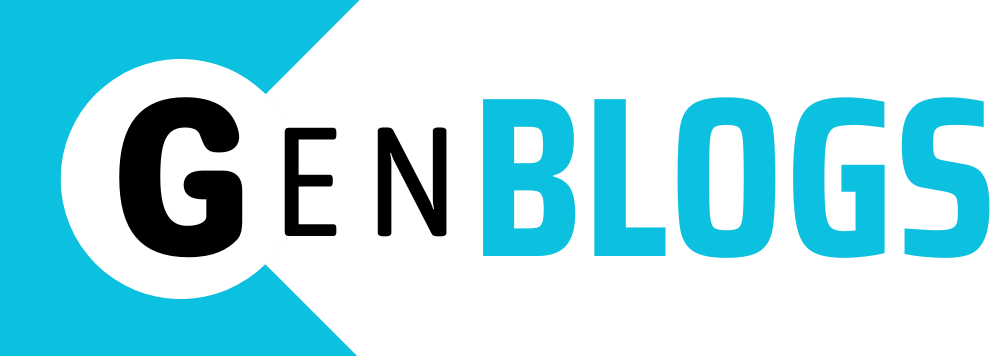When an employee leaves your organization — whether due to resignation, retirement, or termination — how well you handle their exit says a lot about your company.
In many businesses, the offboarding process is rushed, chaotic, or overlooked completely. Important steps like revoking access, conducting exit interviews, collecting company property, or processing final payments are either delayed or missed altogether. This can lead to data breaches, compliance issues, and damage to your employer brand.
That’s where employee offboarding software comes in. It brings structure, automation, and professionalism to the exit process — ensuring it’s smooth for both your organization and the departing employee.
What is Employee Offboarding Software?
Employee offboarding software is a digital solution designed to manage everything that happens when an employee exits a company. It automates manual processes, ensures compliance, and helps you maintain a consistent, error-free approach to employee separation.
Typical features include:
- Offboarding task checklists
- Automated notifications to departments (HR, IT, Finance)
- Access control and account deactivation
- Digital document handling (resignation letters, NDAs, clearance forms)
- Exit interviews and feedback surveys
- Asset return tracking
- Final settlement processing
The software ensures that every department involved in the offboarding process knows exactly what they need to do and by when.
Why is Employee Offboarding Software Important?
1. Minimizes Risk
When an employee leaves but still has access to internal systems or data, the risk is high. Offboarding software ensures access is revoked on time, assets are returned, and there are no loose ends.
2. Improves Compliance
Legal compliance is critical during employee exits. Full and final settlement, tax documentation, relieving letters, and other paperwork must be completed on time. Software helps track these steps and store digital records to avoid legal trouble.
3. Saves Time for HR Teams
Instead of tracking tasks in spreadsheets and chasing other departments for updates, HR can rely on automated workflows. Everyone knows their responsibilities, deadlines, and pending tasks — all in one dashboard.
4. Creates a Positive Exit Experience
A poorly handled exit can leave a lasting bad impression. On the other hand, a well-managed offboarding shows professionalism, respects the employee’s time, and encourages them to leave on good terms — potentially returning in the future or referring others.
5. Helps Improve Retention
Exit interviews provide valuable feedback about your company culture, leadership, and policies. By collecting and analyzing exit data, you can uncover patterns and make changes that improve retention and employee satisfaction.
Manual Offboarding vs. Software-Driven Process: Formula Format
Let’s break it down through direct comparison formulas that illustrate the key differences:
- Task Tracking
Manual Offboarding = Email follow-ups + Spreadsheets + Delays
Software-Driven Offboarding = Automated workflows + Notifications + Centralized dashboard - System Access Control
Manual Offboarding = IT notified manually → Risk of delay
Software-Driven Offboarding = Auto-alert to IT → Timely deactivation - Final Settlements
Manual Offboarding = Manual handover to payroll → Missed deadlines
Software-Driven Offboarding = Integrated with payroll → On-time F&F processing - Asset Management
Manual Offboarding = HR emails admin for asset collection
Software-Driven Offboarding = Pre-assigned asset checklist with reminders - Documentation
Manual Offboarding = Scattered forms + Paper-based archives
Software-Driven Offboarding = Digital document upload + E-signatures + Cloud storage - Feedback Collection
Manual Offboarding = Irregular exit interviews
Software-Driven Offboarding = Scheduled surveys + Analytics
Each formula shows how software turns complexity into simplicity, delays into automation, and uncertainty into consistency.
How It Fits Into Your HR Tech Stack
Modern HR departments use a mix of tools: attendance tracking, performance reviews, recruitment software, and more. Offboarding should be just as digital and integrated.
The best offboarding tools either come built into full-suite HRMS platforms or can integrate with them via APIs. They sync with IT asset tools, document management systems, payroll software, and even security platforms.
If you’re comparing vendors, always evaluate based on automation features, user experience, integrations, and of course, HR software price to ensure you’re getting value without overpaying.
Key Features to Look For
When choosing offboarding software, consider:
- Automated Task Management – to keep the process on track
- Custom Workflows – tailored for different departments or exit types
- Security & Compliance – data privacy and record-keeping
- Analytics & Reporting – insights from exit interviews and trends
- Integration Capability – with payroll, IT, and HRMS tools
- Employee Self-Service – letting employees access documents, fill forms, and give feedback online
These features not only streamline the process but also ensure a professional and compliant approach to every exit.
Why Offboarding Should Be a Priority in 2025
Today, employees are more vocal than ever. If someone has a bad offboarding experience, they won’t hesitate to share it on platforms like LinkedIn, Glassdoor, or Reddit. A single negative exit can impact your company’s image.
On the flip side, smooth offboarding earns your company goodwill and loyalty — even from former employees. It also protects you legally, technically, and financially.
With hybrid work, remote teams, and growing compliance regulations, offboarding has become more complex. You can’t rely on paper checklists anymore.
Employee offboarding software offers a structured, centralized, and secure way to manage exits — ensuring that nothing falls through the cracks.
Final Thoughts
Employee exits are a sensitive yet strategic moment. Instead of viewing offboarding as a goodbye, think of it as your company’s final impression. Get it right, and you build long-term brand trust and improve internal processes. Get it wrong, and you invite risks, legal problems, and reputational damage.







